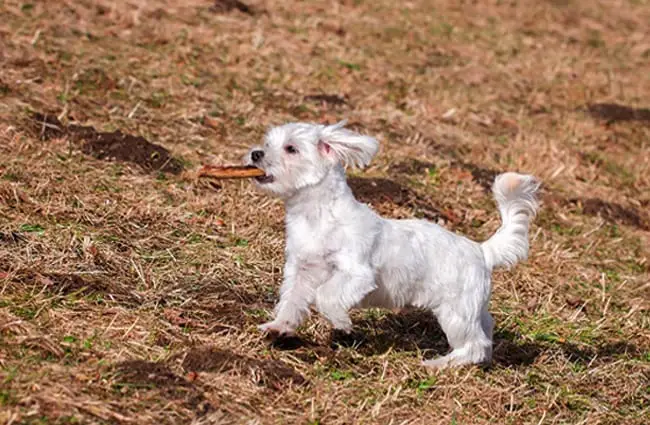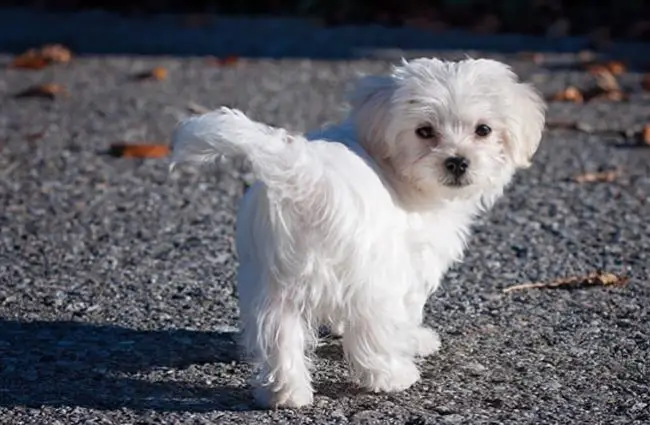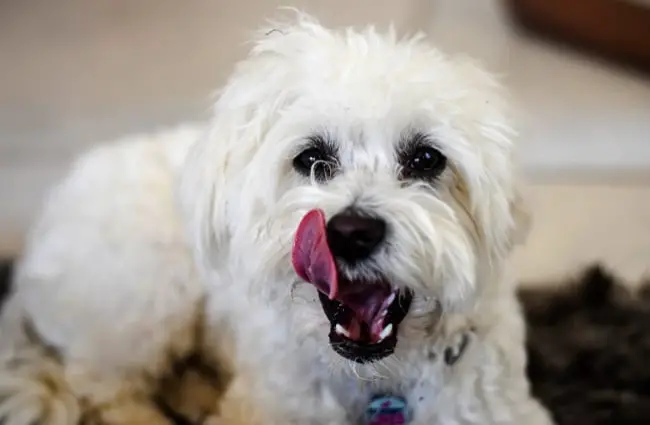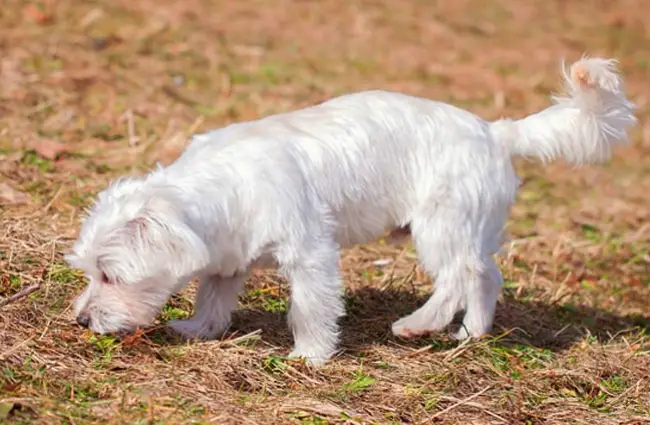A Comprehensive Guide to the Maltese
The Maltese, a diminutive canine celebrated for its luxurious, flowing white coat, holds a unique place in the world of domestic animals. Often described as gentle, playful, and intelligent, this ancient breed transcends the role of a mere pet, embodying a rich tapestry of history, biology, and cultural significance. This guide delves into the multifaceted world of the Maltese, exploring its origins, characteristics, behavior, and place within both natural and human environments.

Origins and Evolution
Tracing the Ancient Roots
The Maltese boasts a lineage stretching back millennia. Evidence suggests its ancestors originated in Malta, a Mediterranean island, hence the name. Historical accounts and archaeological finds point to its presence in the region as early as the Phoenician era – around 1500 BC. These early Maltese-like dogs were highly prized and traded throughout the Mediterranean, eventually gaining favor amongst Roman nobility. The breed’s diminutive size and striking appearance quickly made it a symbol of luxury and status.
Development of the Modern Breed
Over centuries, selective breeding refined the Maltese into the elegant companion we know today. During the Renaissance, Italian and European aristocracy continued to cherish the breed, further solidifying its reputation as a lapdog. However, the French Revolution threatened the breed’s survival, as many aristocratic pets were lost. Fortunately, dedicated breeders worked to restore the Maltese population, and it eventually arrived in the United States in the late 19th century. The American Kennel Club officially recognized the Maltese in 1888.

Physical Characteristics and Anatomy
A Portrait of Elegance
The Maltese is characterized by its small stature, typically weighing between four and seven pounds and standing between eight and ten inches tall. Its most defining feature is its long, silky white coat, which falls straight and reaches the ground. Underneath the flowing exterior lies a compact, well-proportioned body. The Maltese has a slightly rounded skull, dark, expressive eyes, and a black nose. Its plumed tail curls gracefully over its back.
Anatomical Adaptations
Despite its delicate appearance, the Maltese possesses a surprisingly resilient skeletal structure. Its small size is an adaptation to a life of comfort and companionship. While not specifically bred for strenuous activity, the Maltese maintains adequate muscle mass for playful movement. The coat, while aesthetically pleasing, provides insulation against temperature fluctuations, though it requires regular grooming to prevent matting and tangling.

Habitat and Distribution
From Mediterranean Origins to Global Homes
Originally inhabiting the island of Malta, the Maltese has since established a global presence. It thrives in a variety of climates, but its delicate coat makes it susceptible to extreme temperatures. Today, the Maltese is predominantly found as a companion animal in homes worldwide, adapting readily to indoor living. It is less frequently found in feral populations due to its dependence on human care.
Ideal Living Environments
The Maltese is well-suited to apartment living and smaller homes, provided it receives adequate mental and physical stimulation. While it enjoys outdoor play, its small size and delicate constitution necessitate supervision. A secure, fenced yard is ideal, but it is not strictly essential. Consistent temperature control is crucial, particularly during hot or cold weather.

Diet and Nutritional Needs
A Balanced Diet for a Healthy Life
The Maltese requires a high-quality, nutritionally balanced diet formulated for small breeds. A diet rich in protein is essential for maintaining muscle mass and supporting overall health. Fatty acids contribute to a healthy coat and skin. Carbohydrates provide energy, while vitamins and minerals support various bodily functions. It is crucial to avoid overfeeding, as the Maltese is prone to weight gain.
Feeding Guidelines and Considerations
Typically, a Maltese puppy requires three to four small meals per day, while an adult dog can be fed two meals daily. The amount of food will vary depending on the dog’s age, activity level, and metabolism. Fresh water should always be available. Certain foods, such as chocolate, grapes, and onions, are toxic to dogs and should be strictly avoided. Dental chews can help prevent dental problems, which are common in small breeds.

Mating and Reproduction
Breeding Considerations
Responsible breeding of Maltese requires careful consideration of genetics, health, and temperament. Breeders should prioritize the health and well‑being of both the mother and puppies. Genetic testing can help identify potential health problems, such as progressive retinal atrophy and patellar luxation. Bitches typically reach sexual maturity between six and nine months of age.
Gestation and Puppy Care
The gestation period for a Maltese is approximately 63 days. During pregnancy, the bitch’s nutritional needs increase. A comfortable, quiet whelping box should be prepared. Typically, a Maltese litter consists of one to four puppies. Puppies are born blind and deaf, relying entirely on their mother for care. They are weaned at approximately six to eight weeks of age and require vaccinations and regular veterinary checkups.

Behavior and Temperament
Gentle and Playful Companions
The Maltese is renowned for its gentle, playful, and affectionate temperament. It forms strong bonds with its owners and thrives on human companionship. It is generally friendly towards strangers and other animals, although early socialization is crucial. Maltese are intelligent and relatively easy to train, responding well to positive reinforcement methods.
Common Behavioral Traits
Maltese are known for their playful and energetic nature, enjoying games and interactive activities. They can be prone to barking, particularly when excited or alarmed. Some Maltese may exhibit separation anxiety if left alone for extended periods. Early training and socialization can help prevent behavioral problems. Consistent rules and boundaries are essential.

Ecological Role and Interactions
Limited Wild Impact
As a fully domesticated breed, the Maltese has a limited ecological role outside of human environments. Its impact on wild ecosystems is negligible. Historically, its ancestors may have contributed to rodent control, but this is no longer a significant function.
Interactions with Other Animals
Maltese typically exhibit friendly behavior towards other dogs and cats, particularly if they have been socialized from a young age. However, due to their small size, they can be vulnerable to larger animals. Supervision is essential when interacting with unfamiliar dogs or other potentially dangerous animals.
Maltese and Human Culture
Throughout history, the Maltese has held a special place in human culture, serving as a symbol of luxury, companionship, and devotion. Ancient Romans and Greeks cherished these dogs, adorning them with jewels and celebrating their beauty. Renaissance artists frequently depicted Maltese in portraits, further solidifying their status as aristocratic companions. Today, the Maltese continues to be a popular breed, beloved for its gentle temperament and striking appearance.
The Maltese’s enduring appeal reflects its ability to provide companionship, emotional support, and unwavering loyalty. It is a testament to the bond between humans and animals, a relationship that has enriched our lives for millennia.






![Red Angus Closeup of a beautiful Red Angus cowPhoto by: U.S. Department of Agriculture [pubic domain]https://creativecommons.org/licenses/by/2.0/](https://animals.net/wp-content/uploads/2020/03/Red-Angus-4-100x75.jpg)

